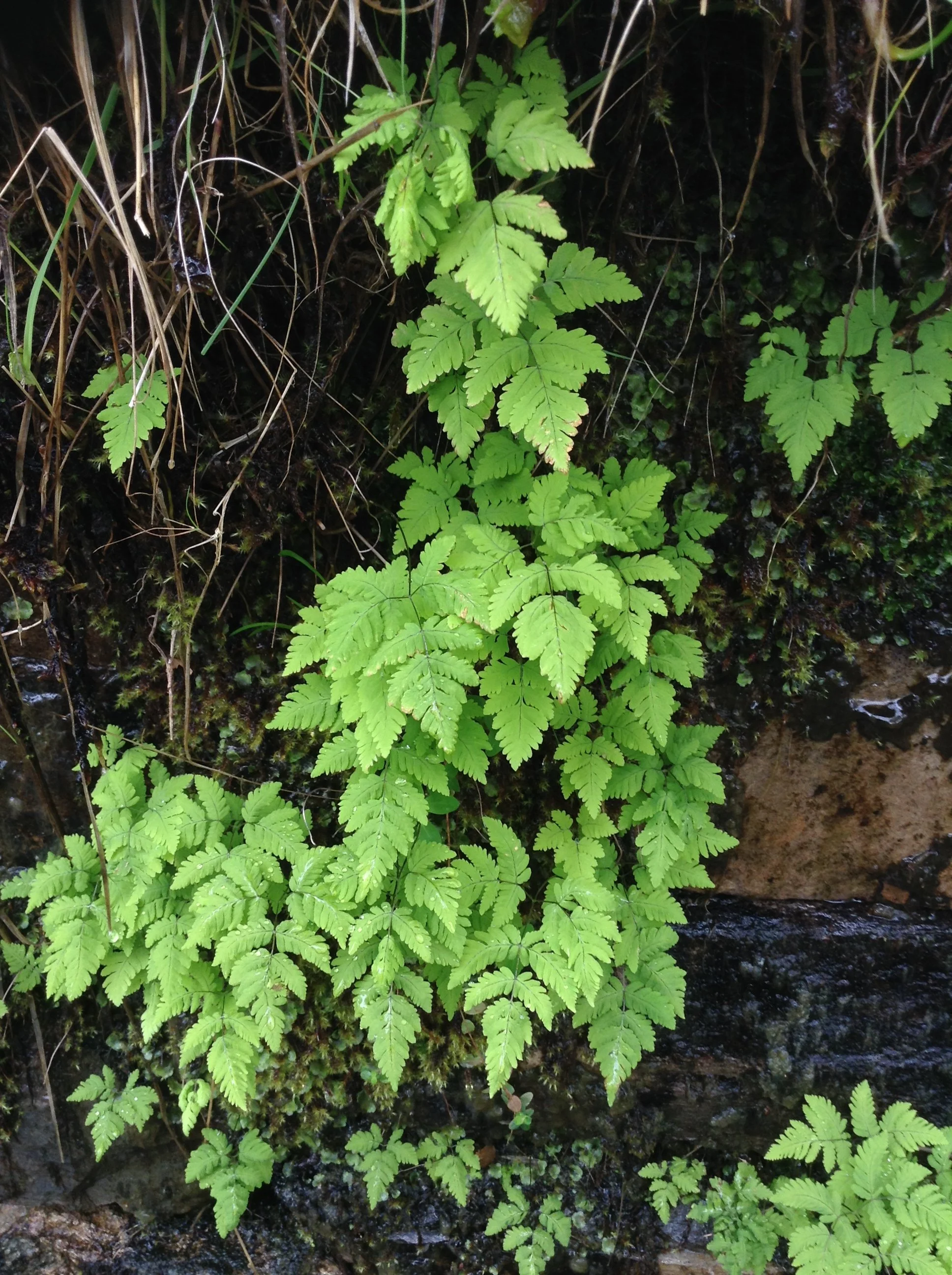The Power of Plants - A Green Planet
“There cannot be a more important event than the greening of the world, for it prepared the way for everything that happened on land thereafter.” (Richard Fortey, Palaeontologist)
How did the Earth change from a rocky, naked, lifeless planet to a world blessed with a truly astonishing diversity of life – “the greening of the world”?
The Earth itself is ancient, between 4.4 and 4.7 billion years old, and Life on Earth began about 3.5 to 4 billion years ago with the development of simple single cell organisms. These seem likely to have sprung from hydrothermal systems in the oceans and thereafter it took another 3.5 billion years for more complex life forms to develop. Our green planet of today is an evolutionary legacy of these far distant events of the dawn of life deep in the oceans. The time scale of the evolution is staggering and hard for our minds to grasp, but is good to reflect on in comparison with the tiny slice of time that Homo Sapiens has been on the Earth – a mere 200,000 – 300,000 years.
Energy
The ancestors of plants were ancient alga which lived in the oceans around two billion years ago. Somehow these absorbed into their single cell bodies another organism which became a chloroplast, a cell which is like a miniature factory making energy from the sun. This was the origin of the ability of plants to photosynthesise.
Even this evolutionarily-speaking giant step continued for 3 billion years before multicellular life began to evolve. Plants and fungi did not appear until roughly 500 million years ago, followed by arthropods (insects and spiders). Next came the amphibians about 300 million years ago, followed by mammals around 200 million years ago and birds around 150 million years ago.
“All flesh is grass” (Book of Isaiah)
Over millennia, plants became green energy producers. Put very simply herbivores ate plants, carnivores ate herbivores and so converted plants to flesh. Plants do all the work to supply all the energy that supports life on earth. Without plants the food chain would collapse and there would be nothing to sustain terrestrial life. No mammals, no primates, no us.
Plants also very early on developed symbiotic (two species living together and reliant on each other) relationships with fungi. Fossils 410 million years old have been discovered showing fungal threads (mycorrhizae) penetrating rootlets of plants. We know that plants and fungi have a vital alliance dating to the origins of life on earth that underpins the health of soils and therefore the healthy function of forests, grassland and our food crops worldwide.
Sculpting climate
What were the other vital consequences of the amazing evolution of plant life on our planet?
It is recognised now that trees and their symbiotic relationships with fungi have been bioengineers over millions of years. Tree roots and fungi break down minerals, crumbling the earth’s crust and breaking it down into nutrient rich soil.
Plants over millennia have also been capturing and storing carbon dioxide. Remember that there were approximately 3.5 billion years of greening of the planet between the first life forms and the first more complex living things. The animals that developed did so in the atmosphere that plants had created during this vast amount of time, one rich in oxygen which all life on earth needs to exist. Plants made, and still maintain, the Earth’s atmosphere.
The second huge leap after ingesting chloroplasts which made energy from the sun and somehow transferred that energy to the host cell was (drum roll) - stomata! These are tiny openings or pores on the stems and then leaves of plants (now much more complex life forms than their single cell ancestors) which allow plants to absorb carbon dioxide from the atmosphere and to release oxygen and water vapour back into the atmosphere. Collectively stomata are the means by which plants take a staggering amount of carbon dioxide from the atmosphere – around 430 billion tons per annum.
Stomata are also part of the “plumbing systems “ of plants, which allow plants to take water from the soil, use it in the absorption of carbon dioxide and then release some water vapour back into the atmosphere. Forests, especially those in tropical zones became the transpiration engines of the world, “air-conditioning” the planet by this water extraction and release into the air. This adds to rainfall and also keeps these areas cooler and wetter, and therefore more productive. Consequently deforestation affects the water cycle not just locally but also globally.
Survival
Plant life survived the past mass extinctions of animal life on the planet. Now humans have instigated the sixth such mass extinction by altering the atmosphere with green house gases, destroying vast amounts of natural habitat and degrading the soil. Plant life sustains our planet. Without enough of it both in mass and in diversity to keep the system going we will perish alongside other animal life.
We need to mitigate and adapt, and surely it makes sense to use strategies exploiting the abilities of plant life to alter our atmosphere and keep our soils healthy and productive?
(Further reading: “Making Eden” by David Beerling)



